Any air conditioner has certain operating temperature limits, that is, set limits for cooling and heating in summer and winter.
Operating temperature ranges for different split systems
If we consider the averaged standard values, then the optimal operation of the device occurs when the thermometer marks around + 20-27 ° C. In such conditions, an increased load on the main components of the system is excluded, and most importantly - on the compressor, which, when operating at maximum power, wears out its potential ahead of the expected time.
There is a significant variation in the permissible operating temperatures of the air conditioner. This is due to the fact that some systems are equipped with many additional control sensors, while others have only two in the indoor unit. In the former, the lower limit of the norm can vary in completely different limits.
Most air conditioners have a standard operating temperature range at which the manufacturer allows them to be turned on.
Cooling occurs at marks on the outdoor thermometer from +18 to + 45 ° C. Heating is permissible at temperatures from +18 to -5 ° C.
Exceptions can be only some expensive brands such as MITSUBISHI or DAIKIN, which produce a series of split systems with an extended operating temperature range of the air conditioner for both cooling and heating. This technique is able to function smoothly at -25 ° C for cold / heat, and also cool in summer heat at + 55 ° C.
But precision engineering is best when it comes to the maximum or minimum temperature of the air conditioner. It can operate year-round with an accuracy of 0.5 ° C.
Features of using air conditioners with different temperature parameters
Usually, the air conditioner is able to withstand the minimum temperatures thanks to the built-in winter kit, which consists of heating the drain hose, heating the compressor crankcase and an electronic board.
But it is worth remembering that even the extended operating temperature range of the air conditioner does not make it possible to use it for heating in winter. If the user ignores the set limits for the cooling / heating temperature of the air conditioner, then this leads to a decrease in efficiency and loss of efficiency, and also threatens:
- icing of both blocks;
- freezing of the drainage tube;
- the ingress of condensate into the room;
- breakdown of the compressor and fan blades.
Split systems for the most part are designed to work in conditions of average annual temperatures and can be used as heaters during the autumn off-season before turning on the central heating or in emergency situations.
If we compare on / off and inverter models, then the first maximum minimum cooling temperature of the air conditioner is -5 ° C, while the second - up to -15 ° C.
Speaking about heating the air in cold weather, it should be noted that this is unrealistic for split systems. The exception is monoblock air conditioners - window and mobile systems. They can be used as heaters in winter, since “warm” models are equipped with powerful heating elements and function as fan heaters when they are started in heating mode.
Be sure to take into account the location of the device during installation. Regardless of the temperature at which the air conditioner is turned on, it should not be exposed to direct sunlight.
If it is not possible to install the system in a darkened place, be sure to mount a protective visor. Even if the operating temperatures of the air conditioner are maximally expanded (up to + 55 ° C), shelter from the sun is necessary, since constant operation at extreme capacities quickly leads to compressor wear.
Split temperature sensors
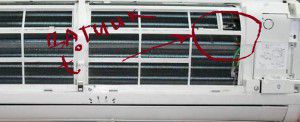
It has already been said above that air conditioners are equipped with special temperature sensors that monitor both street and room indicators, and the values inside the device itself.
Modern split systems have a developed self-diagnosis system, the elements of which are temperature sensors. The main ones among them are two sensors: air temperature and indoor unit evaporator sensors. They determine the algorithm of operation depending on the selected mode. It is these temperature sensors that air conditioners are equipped with in the simplest configuration.
More expensive systems are equipped with the following types of temperature sensors:
- outdoor temperature sensor - does not allow the air conditioner to be turned on at minus and plus temperatures, which are below / above the permissible norm;
- condenser temperature sensor (there may be several of them) - is responsible for maintaining the required level of condensation pressure for a given mode when outdoor conditions change;
- room temperature sensor - is responsible for maintaining the functionality of the compressor;
- evaporator temperature sensor - turns off the compressor if the temperature of the air conditioner evaporator drops to zero levels.
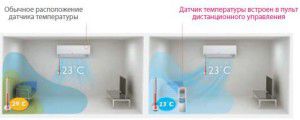
Some split systems have an additional function - automatic defrosting of the heat exchanger of the outdoor unit. This is necessary to prevent icing processes due to which the fan blades break. The defrosting mode of the air conditioner is turned on at subzero temperatures outside. Thermal sensors are also responsible for this.
Another function of modern split systems is automatic selection of the mode, at the start of which a “comfortable” temperature of + 20 ° C is set. Sensors are also responsible for the correctness of the automatic setting of standard indicators.
When the outside temperature sensor senses that it is too hot or cold outside, the compressor will not start or the appliance will be suspended.
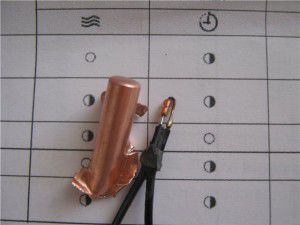
If we talk about the temperature of the air conditioner evaporator, then here it is observed its direct dependence on external factors - the higher the thermometer readings outside the room, the more intensively the evaporator heats up.
For all-season splits with the compressor on, the difference between the air and evaporator temperatures of the air conditioner must be at least 5-7 ° C. When the compressor is off, these indicators change in the direction of decreasing values. When no sinking occurs, this indicates a system malfunction.
When the device operates for heating, the indicators of the air in the room are also taken into account. If the temperature sensor of the air conditioner, which is responsible for the room data, shows the difference between the outdoor and indoor temperatures less than 5 ° C, the compressor may automatically shut down or it will not start initially.
Ideally, when heating, the temperature difference should be between 5 and 15 ° C.
When the air conditioner is operating for cooling, the temperature at the outlet of the indoor unit must be at least 10 ° C lower than the outside thermometer. It is worth remembering that when starting a split system, these values may not be achieved immediately, so the cooling is less intense.
The longer the air conditioner is turned on, the better it cools.
Repair and replacement of temperature sensors
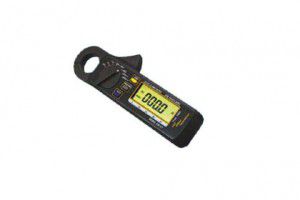
To take measurements, you need a regular thermometer or ohmmeter. The obtained data, taken from the removed sensor board, is compared with the readings in the technical passport of the device. If there is a suspicion that there is a malfunction, then repair is made:
- the sensor is heated (the resistance usually decreases);
- cool him down;
- and again take measurements of resistance.
Replacing the sensor is easy. A similar element is selected that is suitable at face value - usually 5 or 10 kOhm.
The presence of resistance, which depends on the temperature, indicates the serviceability of the air conditioner sensors. The average standard is 25 ° C at 10 kΩ.
Not all split systems are equipped with a variety of temperature sensors and an automatic shutdown system. When choosing climatic equipment, you should pay attention to their number, as they extend the service life of the device. Air conditioners equipped with such elements of self-control and self-diagnosis to a minimum are controlled by the user and break down much more often.


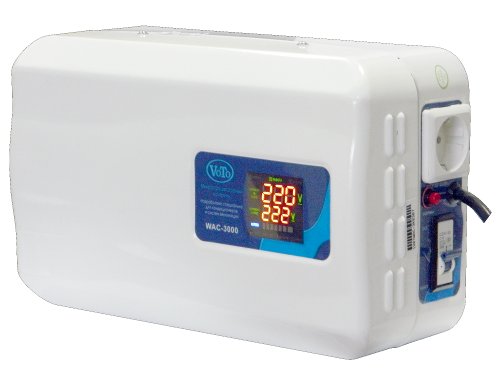
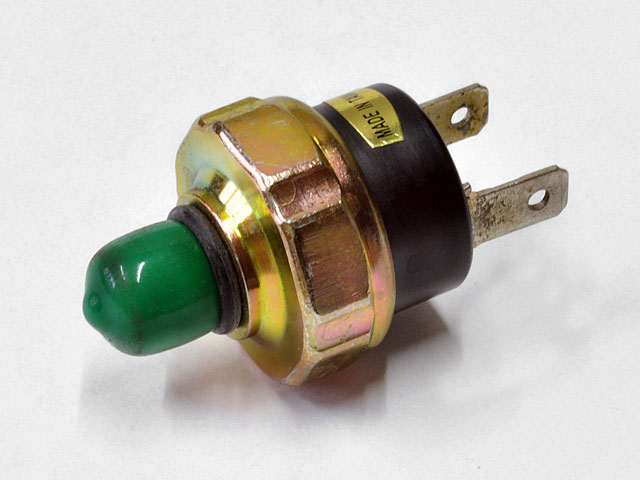
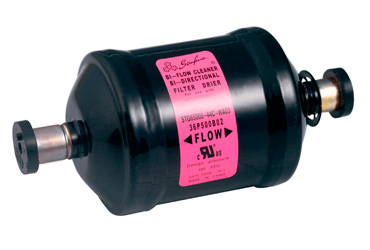
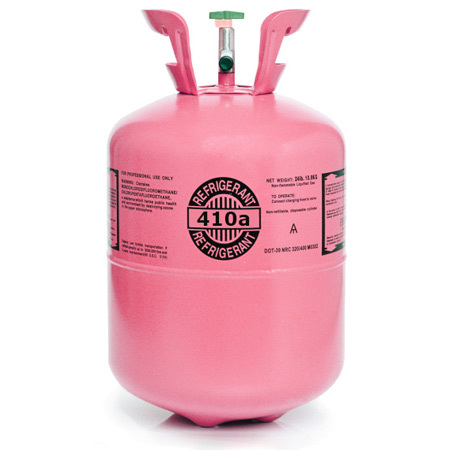
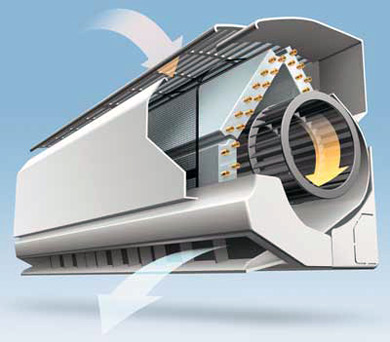
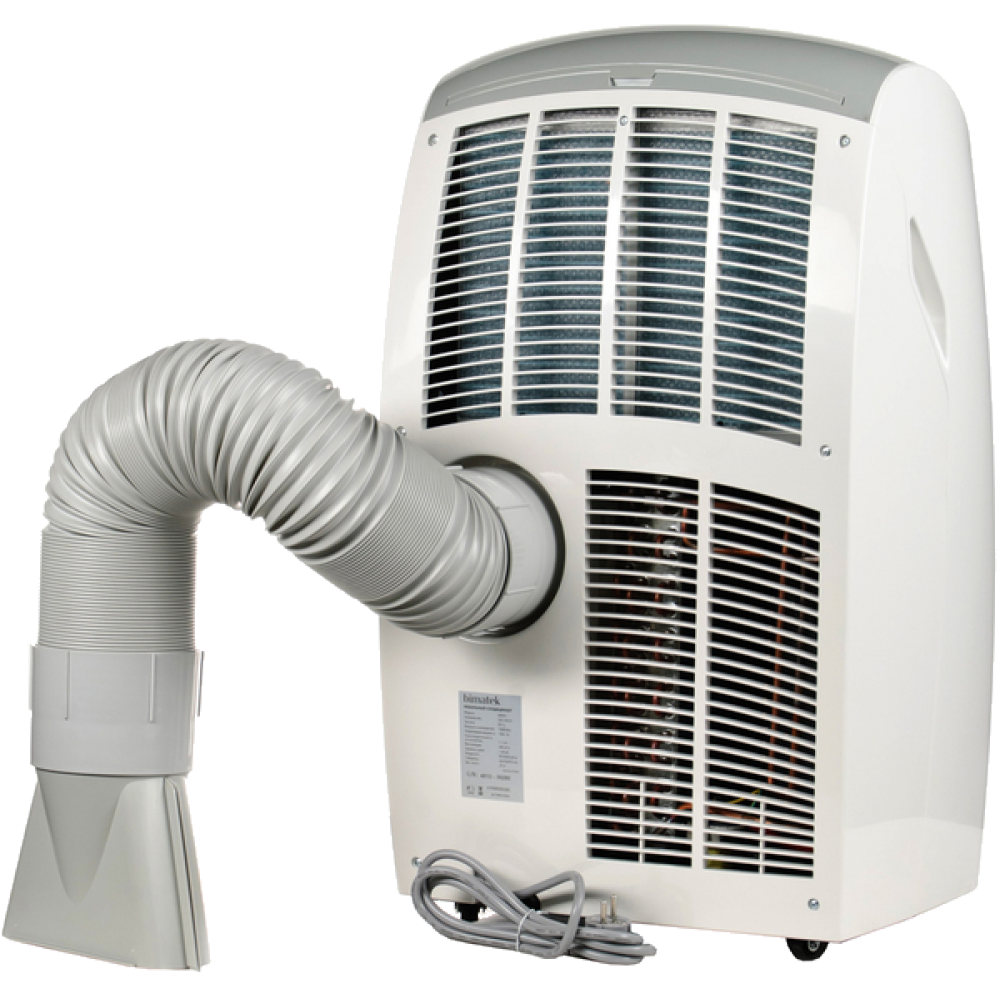
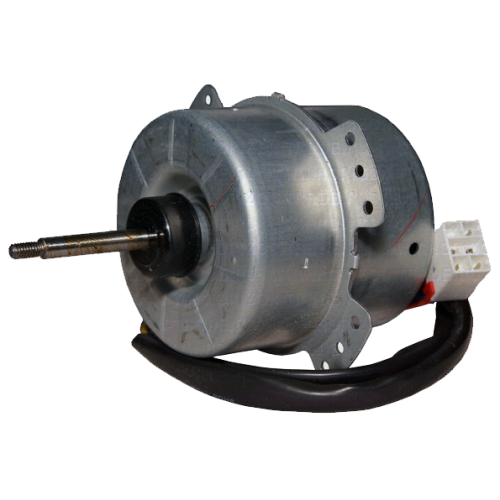
“Speaking about heating the air in cold weather, it should be noted that it is unrealistic for split systems. "
Then you can simply not read, what kind of illiteracy ?! Why shouldn't they work in the cold?
And you try to read and understand that each device has instructions for use. The article fully reveals the question of what, how and why.
And if direct sunlight hits the external unit, should the visor cover the entire external unit?